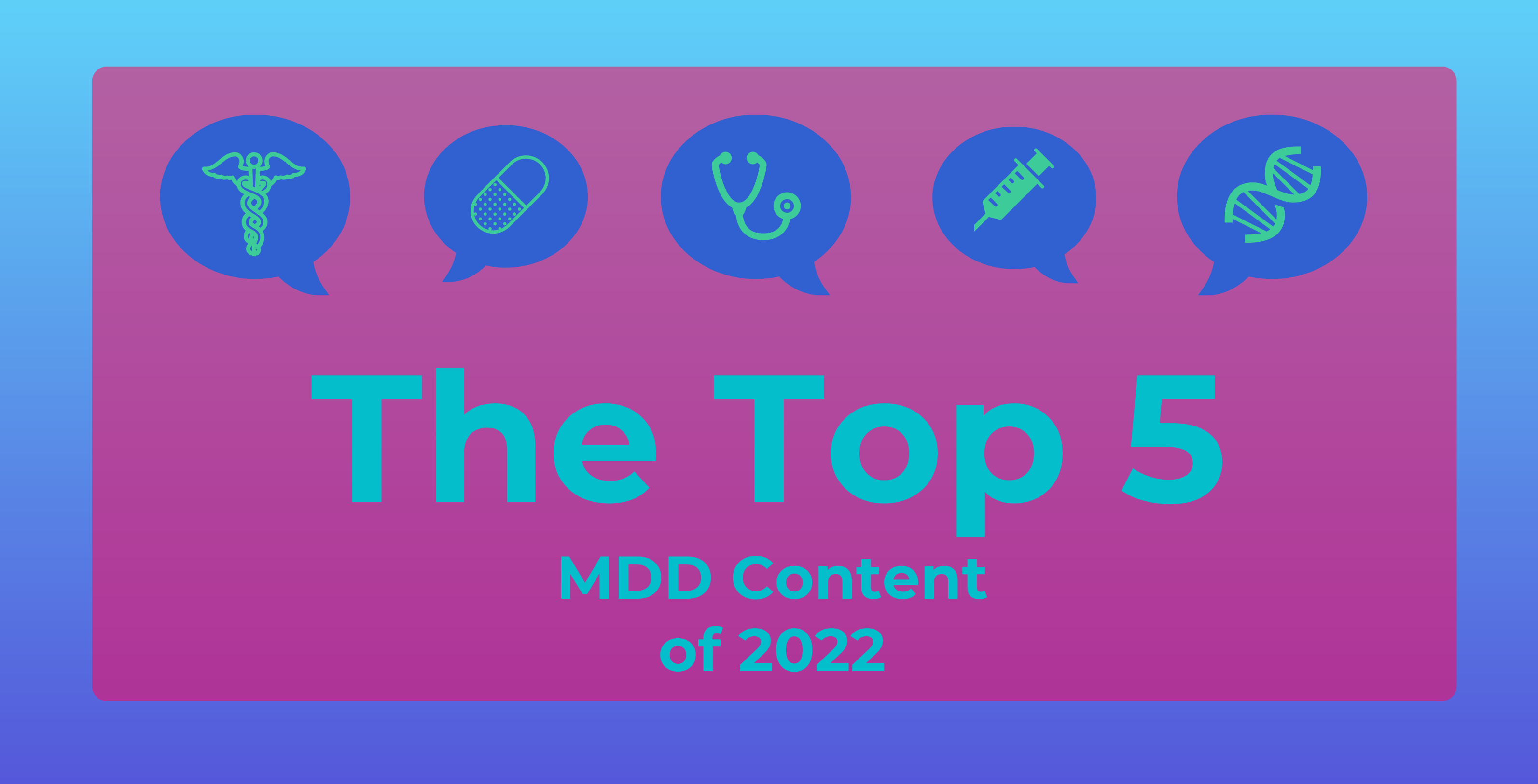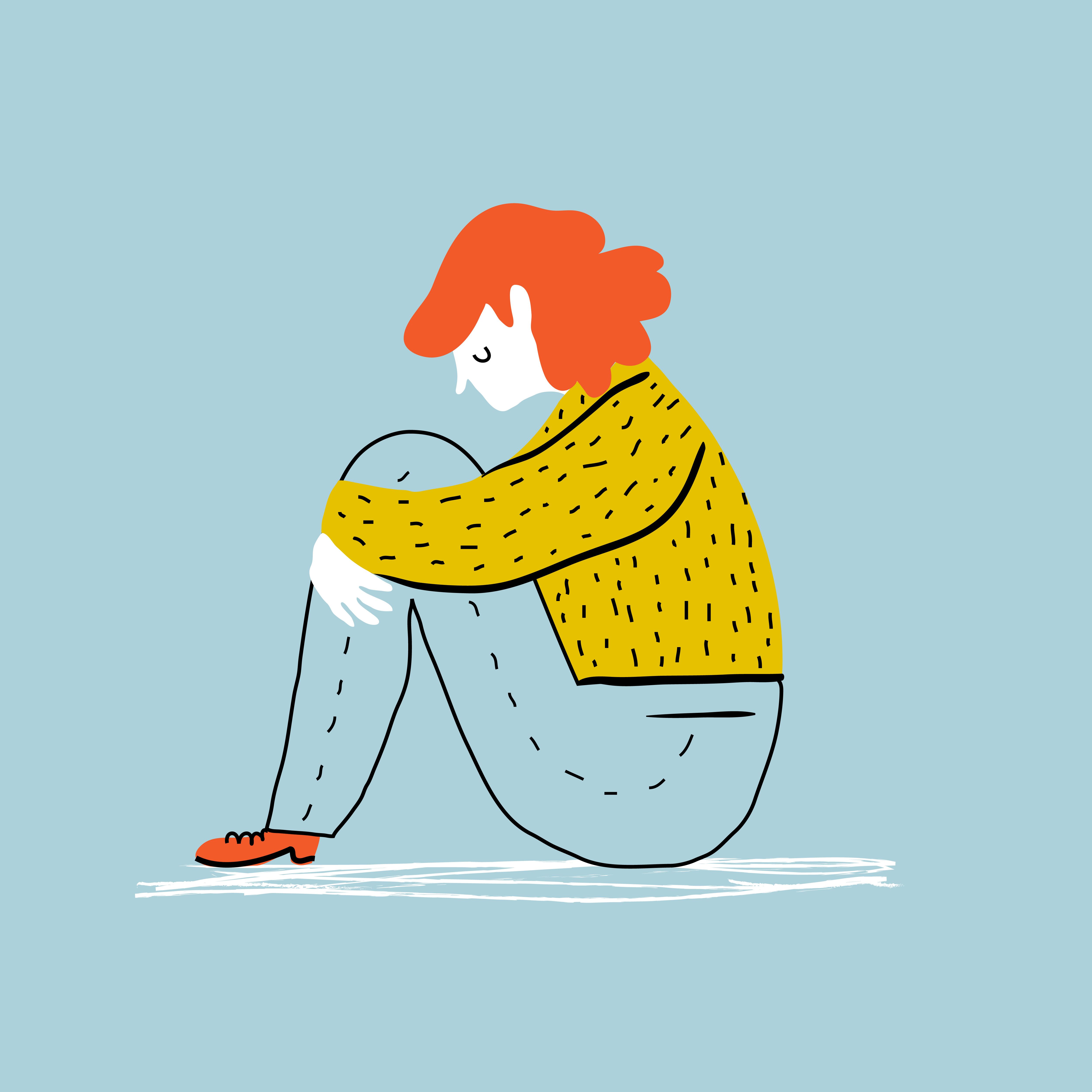Article
Estimating Treatment-Resistant Depression in Taiwan Using Insurance Data
Author(s):
The study found that in most cases, progression to treatment-resistant depression occurred within the first year.
Using health insurance data, a recent study conducted in Taiwan examined the treatment patterns and health care use of patients with treatment-resistant depression (TRD).
Writing in Journal of Affective Disorders, the authors said understanding the proportion of patients with what they called pharmaceutically treated depression (PTD) who progress to TRD is necessary to understanding real-world utilization. “No universal consensus exists on the definition and severity measurement of TRD,” the authors wrote.
The study used data from the Taiwan National Health Insurance Research Database from 2010 to 2017 to identify patients with unipolar depression. PTD was defined by the receipt of at least 1 antidepressant (AD) treatment, and TRD was defined as receiving a third AD after failure to respond to 2 prior treatments.
The Kaplan-Meier curve was used to estimate time of progression from PTD to TRD, and a propensity-matched case-comparison cohort approach was used to compare resource utilization between patients with PTD who did not develop TRD and those who went on to have TRD.
Among the 420,707 adult patients with unipolar depression, 126,740 patients (30.1 %) were classified as having PTD, and of this group, which 46,992 (11.2 %) were classified as having TRD. This indicates that 37.1 % of patients with PTD progressed to TRD.
In most cases, progression occurred within the first year. The mean and median times for progression were 0.98 and 0.59 years, respectively. Most patients with TRD were aged 35 to 64 years and female.
The prevalence rates of physical and psychiatric comorbidities were lower among patients with PTD. More than 60% of patients with TRD had at least 1 physical comorbidity, including coronary artery disease, hyperlipidemia, or hypertension, as well as at least 1 psychiatric comorbidity, including generalized anxiety disorder, a substance-related disorder, or panic disorder.
Patients with TRD had significantly higher outpatient, inpatient, and emergency costs compared with patients without TRD; their frequency of use was also significantly higher.
The frequencies of medication use among patients with TRD, ranked from highest to lowest, were AD monotherapy, AD plus augmentation, AD combination, AD combination plus augmentation, and augmentation agent only.
Discussing the results, the authors noted that the most frequent TRD treatment was AD monotherapy (a little more than half of the patients), indicating that switching medications is the most common TRD treatment strategy. Five percent of the population received mood stabilizers or antipsychotics only, with no ADs prescribed; this may have occurred if diagnoses switched from major depressive disorder to bipolar disorder.
The study had a few limitations, and the authors said results should be interpreted conservatively. TRD was defined based on pharmacological treatment patterns, and the reasons for changes in AD regimens were not available; for instance, it is possible that some therapeutic regimens changed because patients were intolerable to them. It is also based on insurance data, and it is possible that some patients sought mental health care outside of Taiwan’s national health insurance at the time.
Reference
Huang WL, Chiang CL, Wu CS, et al. Treatment patterns and healthcare utilization of patients with treatment-resistant depression estimated using health insurance database: a population-based study from Taiwan. J Affect Disord. Published online September 10, 2022. doi:10.1016/j.jad.2022.08.114





